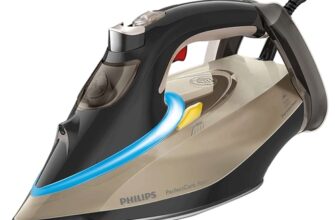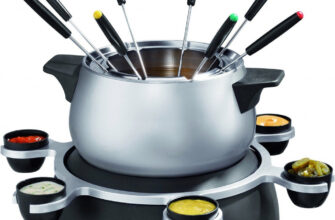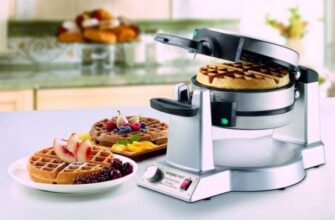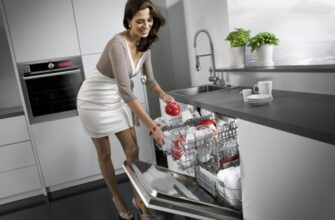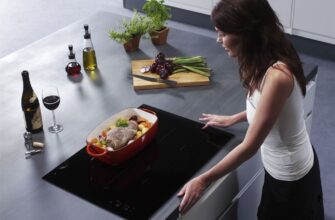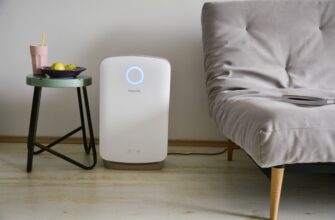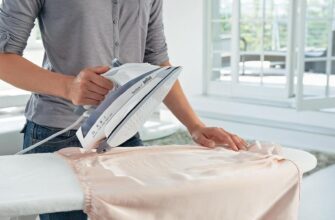When choosing a hob, you should pay attention to its type, functionality and technical characteristics.
- content
- How to choose a hob: basic criteria
- Types of hobs by type
- Gas hobs
- Advantages
- disadvantages
- Types and functions of electric hobs
- Traditional electric hobs
- Advantages
- disadvantages
- Low cost electrical surfaces
- Advantages
- disadvantages
- Induction hobs
- Advantages
- disadvantages
- Combined hobs
- Advantages
- disadvantages
- Types of hobs by design
- Hob material
- Aluminum surface
- Advantages
- disadvantages
- Steel surface
- Advantages
- disadvantages
- Enamelled surface
- Advantages
- disadvantages
- Glass ceramics
- Advantages
- disadvantages
- Types and functions of gas hob burners
- Features of electric hobs
- The best manufacturers of hobs
- Gas
- Electrical
- Hob selection video
content
- How to choose a hob: basic criteria
- Types of hobs by type
- Types and functions of electric hobs
- Types of hobs by design
- Types and functions of gas hob burners
- Features of electric hobs
- The best manufacturers of hobs
- Hob selection video
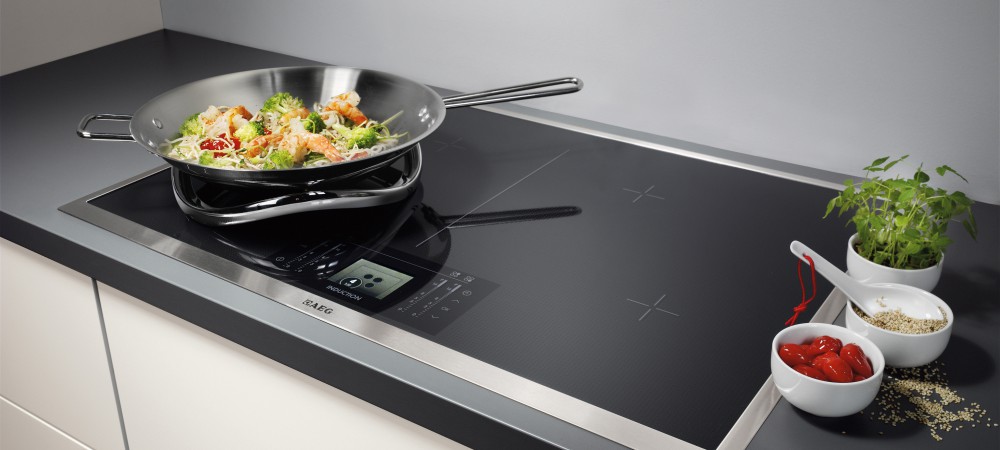
How to choose a hob: basic criteria
The most important criteria for choosing hobs are:
-
Type (gas or electric);
-
Construction (dependent or independent type);
-
Material;
-
Performance characteristics (separate for electrical and gas surfaces);
-
Burner types (for gas surfaces);
-
Additional characteristics.
-
The manufacturer is also important.
Types of hobs by type
There are two types of hobs according to the type of utilities to which they are connected – gas and electrical (which, in turn, are subdivided into traditional electrical and induction). You can also sometimes find combined ones.
Gas hobs

Such hobs are nothing more than an 'evolutionary development' of classic cookers. They are connected to the gas supply line and heat food over an open fire from the burners (horns).
Advantages
-
Profitability;
-
Simple, familiar adjustment of the type and intensity of work;
-
Durability;
-
The lowest price in its segment;
-
Slightly faster heating;
-
Compatible with all types of cookware;
-
Low, and in some cases zero power consumption;
disadvantages
-
Fire hazard, including due to the risk of gas leakage;
-
Risk of burns on contact with the panel;
-
The need for maintenance, including that carried out by the specialists of the natural gas supplier.
An important disadvantage of gas hobs is the safety requirements for the location of such devices. The distance to the nearest wall should be more than 10 cm, so such devices may simply not fit on narrow kitchen units – and you will have to choose a model with fewer burners.
When choosing a gas hob, you should first of all pay attention to the grill material, since it largely determines the practicality and durability of the device.
So, the best performance is shown by cast iron. It is strong, resistant to mechanical stress and durable. The only drawback of this material is that burnt foods, especially fatty ones, are very difficult to wash.
An alternative to cast iron is stainless steel. This material has great thermal conductivity, so some of the heat from the burner will dissipate in space. But the steel grate is easier to clean, and it can also be quite thin – and at the same time retain its strength.
Types and functions of electric hobs
By the type of heating, such hobs are divided into traditional electric and modern induction.
Traditional electric hobs
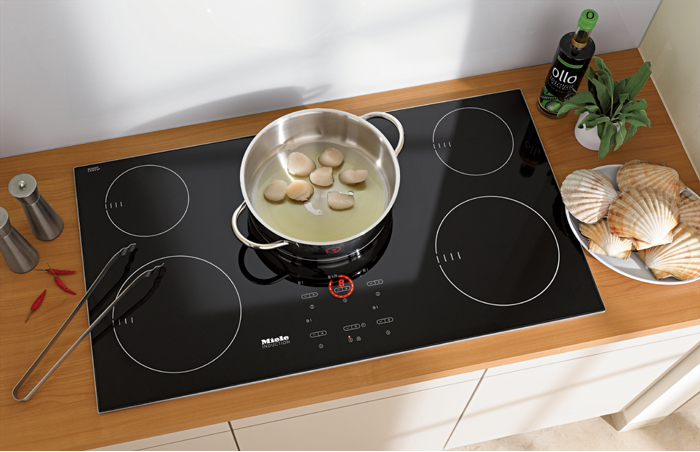
In such devices, a spiral (in general form) is used as a heating element, which heats up when an electric current passes through it. It is located under a flat panel, which can be made of glass or similar materials.
The method of heat transfer in such surfaces is natural. That is, first the spiral heats up, then the glass under which it is located, then the dishes, and finally the food in it.
Fire safety – a major advantage – makes electric burners the main competitor for gas burners.
Advantages
-
Increased (compared to gas) fire safety;
-
A variety of models and designs.
-
Easy to clean;
-
The presence of a residual heat effect – maintaining a high temperature of the 'hotplate' after turning it off. This allows you to keep the finished product hot longer;
-
Compatible with dishes made of any heat-resistant materials;
-
Fast and smooth heating with the ability to adjust the temperature in some models;
disadvantages
-
Liquid containing sugar should not be spilled.
-
The diameter of the cookware must match the diameter of the 'hotplate';
-
Spilled liquid instantly spreads over the entire panel;
-
May be damaged when placing an especially large or heavy saucepan;
-
They create a high load on the network, which requires a separate 'branch' of wires from the shield;
Low cost electrical surfaces
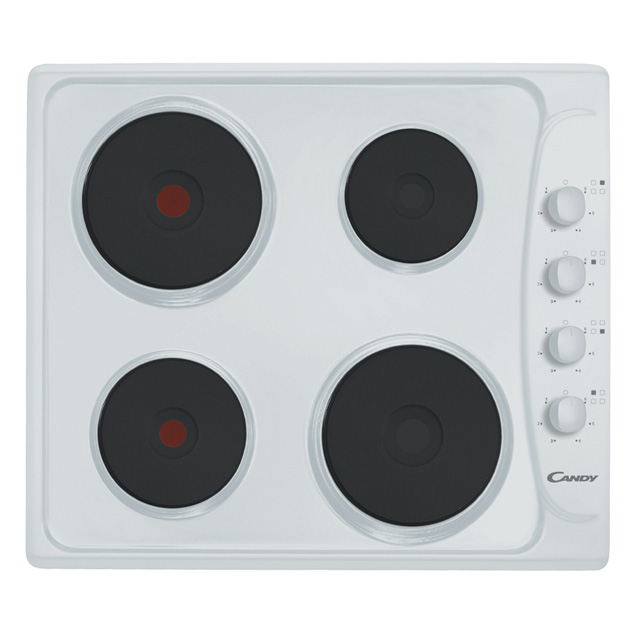
In the budget version (cost up to 20 thousand rubles), electric hobs are equipped with an open heating element, which looks like a gas stove burner. It can be spiral or flat. The dishes are placed directly on top of it.
Most often, such hobs are made in a cast iron case and imply an independent or minimally built-in installation.
Advantages
-
Relatively low price;
-
Maximum ease of installation.
-
The presence of a residual heat effect;
-
Lack of lattice;
-
Fast and smooth heating;
disadvantages
-
Unattractive design;
-
High load on the network (however, not as high as that of conventional electric hobs, so in some cases it is possible to do without connecting an additional line).
-
Risk of burns on hot burners not protected by the grate;
-
Severe limitation on the maximum weight of the installed dishes with food (often up to several kg);
Induction hobs

Induction hobs use a coil that generates an electromagnetic field as a 'heating element'. By acting on the metal atoms, it raises the temperature of the container in which food is prepared. Thus, it is not the hotplate or the surface that heats up, but the pan or pan itself.
The directionality of the electromagnetic field in induction surfaces makes it safe enough for humans. Even with an ordinary hair dryer, the intensity of this physical parameter is about 100 times higher.
Advantages
-
Minimum fire hazard;
-
Built-in security systems that automatically turn off the 'hotplates' on which there is no cookware.
-
Dishes on such a surface practically do not burn;
-
Low power consumption;
-
It is impossible to burn yourself on the surface;
disadvantages
-
Compatible only with utensils made of ferromagnetic materials (steel, cast iron, etc.);
-
Liquid containing sugar should not be spilled.
-
Many panels cannot be installed over ovens or other kitchen appliances;
-
Requires special cleaning agents;
-
Often they require that the dishes correspond to the diameter of the 'hotplate';
Combined hobs

Combined hobs use both gas burners and electric heating elements. Therefore, they combine the benefits of both of these food processing methods.
Most often, the design includes four burners, of which one is electric and three are gas. But there are larger models. The number of burners in them has been increased to 4-5 gas and 1-2 electric.
Combined type hobs combine not only the advantages, but also the disadvantages of gas and electric. Therefore, it is worth purchasing them only if there are often interruptions with one or another energy source at home.
Advantages
-
They work even when the gas or electricity is off;
-
Compatible with all types and materials of dishes.
-
Durability;
-
Suitable for all types of food – eg quick-frying woks;
disadvantages
-
Non-optimal location of the burners (for dishes on the electric one often has to reach through the gas one);
-
The need for a separate supply branch for electrical elements.
-
The need for maintenance of gas elements;
-
Difficulty in care (different types of surfaces are washed in different ways);
Types of hobs by design
Both gas and electric hobs can be made in one of two design options – dependent and independent.
The dependent type hobs consist of several built-in structural elements. In addition to the module with the burners itself, it can include a separate control panel and an oven. Such devices are good for creating a full-fledged cooker from scratch and should be chosen for initial or major repairs.
Hobs of an independent type are structurally a separate module with burners and a control panel. They can be installed or embedded anywhere. They are suitable for replacing an old stove or surface and are ideal if an oven is not required.
Hob material
The body of the hobs can be made of the following materials – various metal alloys with enamel coating, aluminum, tempered glass, stainless steel or glass ceramics.
Gas surfaces are usually made in a metal housing. It can be aluminum, just steel or enamel coated.
Aluminum surface
Aluminum is the simplest and cheapest material. Usually budget hobs are made from it.
Aluminum-bodied surfaces should only be purchased on a very limited budget.
Advantages
-
Low weight (providing ease of installation);
-
Good mechanical stability.
disadvantages
-
Scratches easily (even anodized aluminum);
-
Poorly washed.
-
May bend;
Steel surface
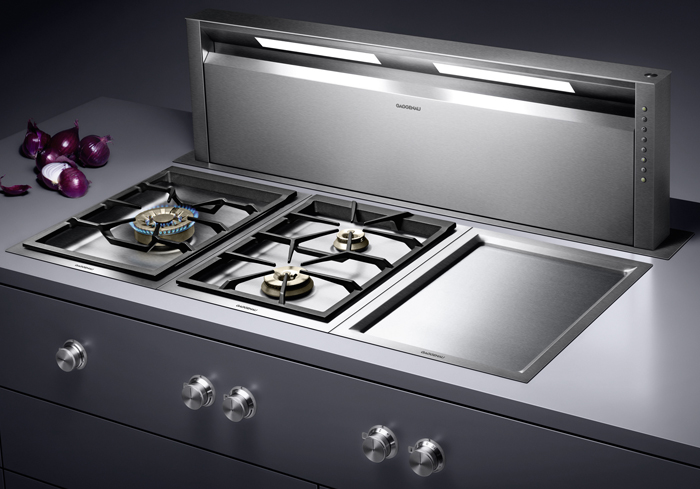
Stainless steel without enamel coating is quite rare. This material has good heat capacity and attractive appearance.
Advantages
-
Attractive appearance;
-
High heat capacity, thanks to which the food continues to heat up after the hotplate has been switched off.
-
High mechanical strength and resistance to damage;
-
Relatively light weight of the device;
disadvantages
-
It gets very hot, so touching it is dangerous;
-
It is poorly washed from dirt, therefore it quickly loses its attractive 'appearance'.
Enamelled surface
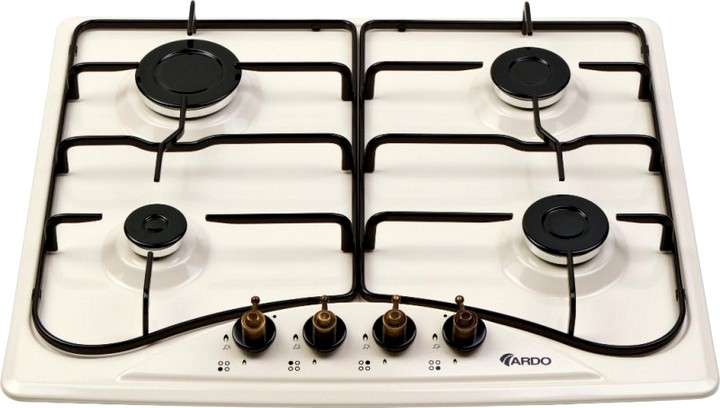
Advantages
-
High heat capacity.
-
Easy to care for and wash;
-
High mechanical strength;
disadvantages
-
Enamel can crack or degrade over time, especially due to scratches;
-
Care is required when washing – do not use highly abrasive products.
Glass ceramics
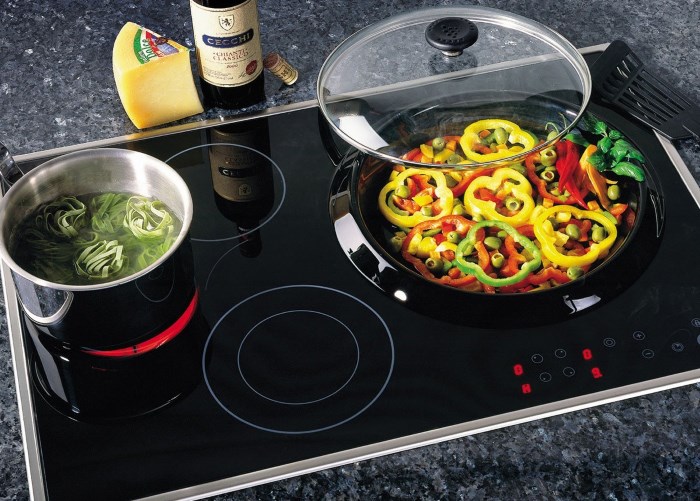
Glass-ceramic (as well as tempered glass) gas surfaces are also found. They have the most attractive appearance.
Advantages
-
Attractive design;
-
Maximum ease of care.
disadvantages
-
Scratches spoil the appearance of the device very much;
-
A limited weight of food and dishes can be placed on the panel.
Electric hobs are usually made of glass. This material provides good transfer of both heat and electromagnetic field (depending on the type of device). Plus, it's easy to clean.
The disadvantages and advantages of a glass panel of electrical surfaces are similar to those of gas appliances.
Types and functions of gas hob burners
In completely gas (not combined) hobs, the burners are structurally gas burners, therefore they do not differ in a wide variety of types. The only difference is in size. The larger the burner, the faster it is able to heat up the cookware installed on it.
An important requirement is that the diameter of the base of the cookware must be significantly larger than the size of the gas burner. This will ensure fire safety.
However, the functionality of the gas hob may vary. So, they can be equipped with:
-
The gas control mode detects the temperature in the burner and shuts off the methane supply if there is no flame. A useful feature that greatly improves surface safety.
-
The automatic electric ignition generates an arc discharge (spark) when the burner is turned and the flame breaks out. Allows you to save on matches and increases the safety of the device. True, such a hob will need to be connected to a household network.
-
The mechanical system of ignition of the flame is similar to the electrical one, only for the appearance of a spark, you must press a special button on the control panel.
-
The piezo generator creates a spark that kindles a flame without connecting the hob to the mains. Partially mechanical, it will require the push of a button.
Any of the automatic or automated ignition functions are practical enough.
Features of electric hobs
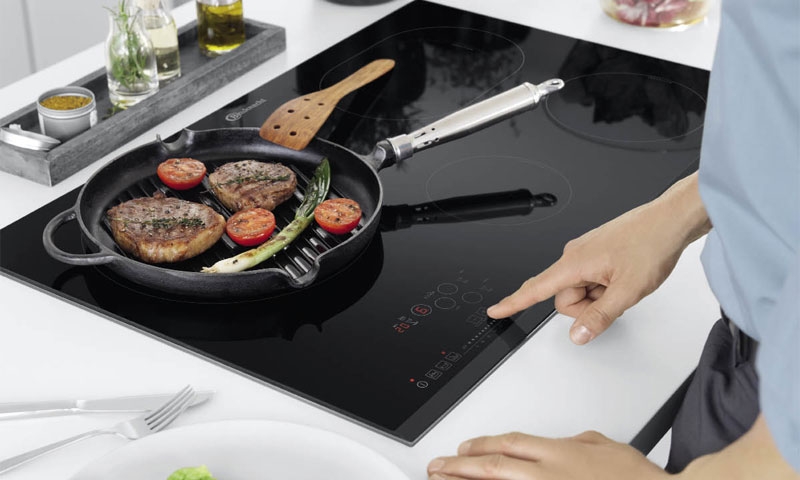
In both types of electric hobs, the following functions and possibilities can be realized:
-
Hotplates of a special shape and purpose have a non-circular shape. It can be elongated to an oval, truncated or elongated. These burners are designed for dishes with unusual shapes.
-
Induction hobs on a classic electric surface are not common and are designed to gently heat metal cookware.
-
Halogen burners are installed in electric hobs. Their main advantage is that it warms up to the required temperature in 2-3 seconds.
-
Hi-Light burners heat up even faster than halogen burners – in less than 1 second.
-
Both halogen and Hi-Light burners are ideal for quick and short-term thermal processing of food – for example, when frying in an oriental cuisine.
-
Auto shut-off makes the electric hob as safe as possible. It can be implemented as a timer or via a temperature sensor. In any case, auto-off increases the safety of the device.
-
The timer is one of the auto-shutdown implementations. It greatly simplifies the process of preparing dishes, the recipe for which says something like 'Cook for 1 hour'.
-
Recipe memory – the function of memorizing the set temperature conditions and operating time. It is quite convenient if you often have to cook the same dishes.
-
The child lock prevents the hob from switching on and the temperature setting until a certain button (or several buttons) is pressed.
-
The 'Bridge' mode combines two closely spaced cooking zones to heat up bulky items.
-
Keep warm mode is intended for heating ready meals. In it, the burner is heated to a certain temperature, often of the order of 40-60 degrees, so that the dish remains tasty for a long time.
The above functions increase the cost of the hob, so choosing models equipped with them is worth based on your budget or needs.
The best manufacturers of hobs
Since gas and electric hobs differ significantly from each other, the recommended manufacturers are different for them.
Gas
The best manufacturers of gas hobs are:
-
Gefest, Gorenje – manufacturers of devices in the middle or budget price segment. They are known for the high quality of their gas equipment, since they specialize in the production of just such equipment;
-
Hansa, Hotpoin-Ariston are manufacturers of household appliances. They produce hobs of the middle price segment;
-
MBS, Kuppersberg, Fornelli are manufacturers of built-in household appliances. Their products belong to the upper price segment.
-
You can also highlight the company Electrolux, but only top models for its production are worthy of attention.
Electrical
The best manufacturers of electric hobs are:
-
Hansa, Bosch, Electrolux – models of the middle and budget price segment;
-
Hotpoint-Ariston, Gorenje – models of the middle and upper price segment.
-
Smeg is the leader in the top price segment, and NEFF also offers interesting solutions.
Hob selection video
!
In the following articles, we will tell you how to choose the right gas stove and the secrets of choosing a kitchen hood.
Attention! This material is the subjective opinion of the authors of the project and is not a purchase guide.


